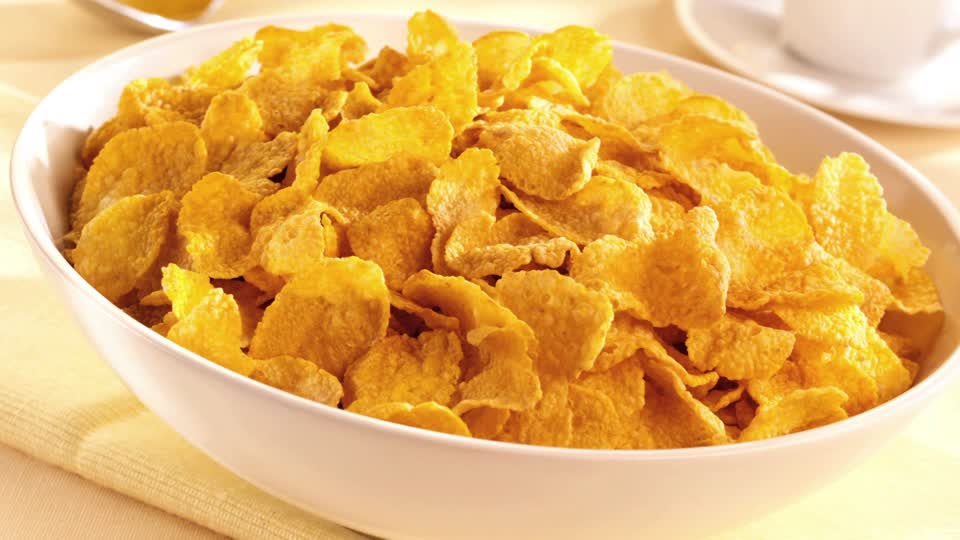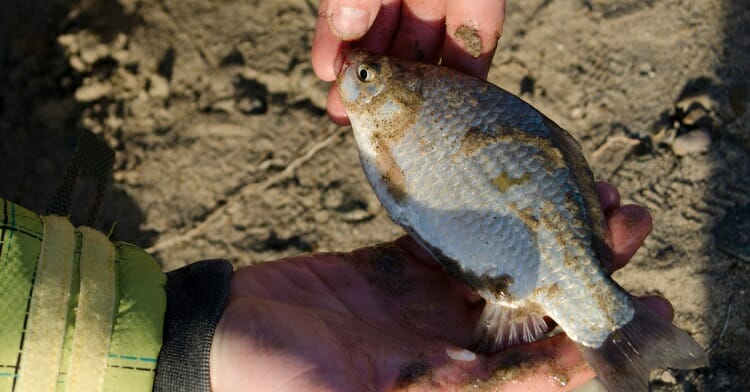ural to mistake one for the other. But the former consists of 3 different indigenous Ictiobus genus species. These are native to the river valleys of the Midwestern region.
Along the same vein, the freshwater fish are found in large reservoirs, rivers, and streams. The ones present in the river systems of Ohio, Missouri, and Mississippi.
So before I get to the part where I talk about how to catch buffalo fish, there are two important things to discuss first. Shall we do that then?
Table of Contents
IDENTIFYING BUFFALO FISH
The general body structure of a buffalo fish and carp is almost the same. Their dorsal fins are similar. The tall lobe is located in the central part of the back. And it continues till the lower portion of the tail. (About fish anatomy)
Now here’s the difference between the two species. A carp exists with a serrated spine present near the start of that dorsal fin. On the other hand, a buffalo fish has no such thing. It doesn’t have a spine in even a single fin.
On top of that, its toothless mouth has a comparatively larger and wider shape. The mouth, when closed, slants downward. The eyes and upper lip begin at the same level. But that’s not the case with all buffalo fish. Meaning smallmouth buffalo are smaller in size. With a mouth that’s horizontal when it closes.
If you’re into buffalo fishing or want to get there, then it’s important to know these differences. Between buffalo fish and carp plus bigmouth buffalo and smallmouth buffalo.
If all this sounds confusing, I have a solution for that too. Buffalo fish, as opposed to carp, are olive and coppery brown in color. That’s what the body looks like with a touch of slate blue on top. They get lighter as you move your eyes toward their white colored belly.
HOW TO PREPARE BAIT FOR BUFFALO FISH?

If you want to know how to fish for buffalo fish, here’s the first step.
They are just like carp and catfish, meaning bottom feeders. Buffalo fish eat almost everything and anything. So what does this tell you? That not all anglers use the same bait. You can experiment with your bait. But make sure that the formula has a common foundation at least. In order to do that, please read the following instructions.
WHAT YOU’LL NEED:
- Measuring cup
- Microwave
- Storage container
- Bowls
- Spoon
- Cornflakes
- Black pepper (1/2 teaspoon)
- Vanilla extract (1/4 cup)
INSTRUCTIONS:
1. Pour the cornflakes into the bowl. Crush this food until it turns into fine powder.
2. Use the measuring cup to add five cups of the crushed cornflakes into the second bowl. Then bring in the vanilla extract with black pepper. Combine the ingredients properly.
3. Place the bowl inside your microwave. And let the heat do its job for not less than six minutes. After which take it out and let it rest for at least 10 minutes.
4. The second-last step is to pinch this mixture into baiting balls.
5. And the last step is to place the bait in that storage container for the refrigerator. You can take it out as and when required.
HOW TO CATCH BUFFALO FISH?

If you’re interested in buffalo fishing, then you should have a basic understanding of how to trap this freshwater fish. So here’s the correct way of doing so.
WHAT YOU’LL NEED:
- Water shoes
- Bait
- Sinker
- Fly rod/reel
- Hook
INSTRUCTIONS:
1. Attach the sinker and hook to your fishing line. Keep in mind that buffalo fish are more obscure in terms of appearance. So you can’t set any prescribed way for setting up the fishing line.
That means you have the freedom to use the sinker in whatever configuration you like. Just make sure to lower the hook downward. Cause that’s where the fish live!
2. The second step is to initiate the weight attachment. Here’s the most common and easiest method to do that. Place distributed shot weights over the line on top of the hook. Press the weights using your forefinger and thumb.
3. The third step is to fasten the hook. Pass the fishing line end through the hook’s loop. Bind the line around itself at least seven times. Then pull it back through the bottom loop. In the end, pull again.
4. Now is the time to bring in and hook the bait. You can even select bread or dough balls as bait. Buffalo fish also consume nightcrawlers, worms, crickets, and grasshoppers.
5. You can cast the fly rod/reel while standing on the shore. Or when you’re a few feet into water. For the latter, you require water shoes that provide excellent protection.
6. Then yank the fishing line as soon as you feel the bite. This is what sets the hook inside the mouth of the fish.
Hold tight when reeling in. Because buffalo fish put up a tough fight!
TIME TO HIT THE WATER!

So what have we gathered here apart from learning how to catch buffalo fish? A lot of other useful information, I hope.
Buffalo fish consists of three species. These are Ictiobusbubalus, Ictiobusniger, and Ictiobuscyprinellus. All the three species have a carp-like physical appearance. Only an expert angler can differentiate between the two with full certainty. So don’t feel bad about not being able to do so if you’re just a beginner or occasional fisherperson.
The weight of smallmouth and bigmouth buffalo fish is 82 pounds and 70 pounds respectively. Despite the prodigious size, both don’t give into artificial lures. So the chances of them biting hooks are highly unlikely. That means you require a lot of patience to deal with them. And once you do, reeling them in is quite a challenging task. All you can do at such times is hold on tight.
And if you succeed, here’s a video that might help:
That’s all there is to it. I hope you found the article useful. And the instructions easy to follow. Please do share the post with fellow anglers. You can also drop in your comments below. Thank you for reading. Happy Buffalo Fishing!
Related Buyer’s guides and BestvsReviews Lists:
Best Bowfishing Lights (2021) – Buyer’s Guide
Best Bluetooth Castable Fish Finder 2019




